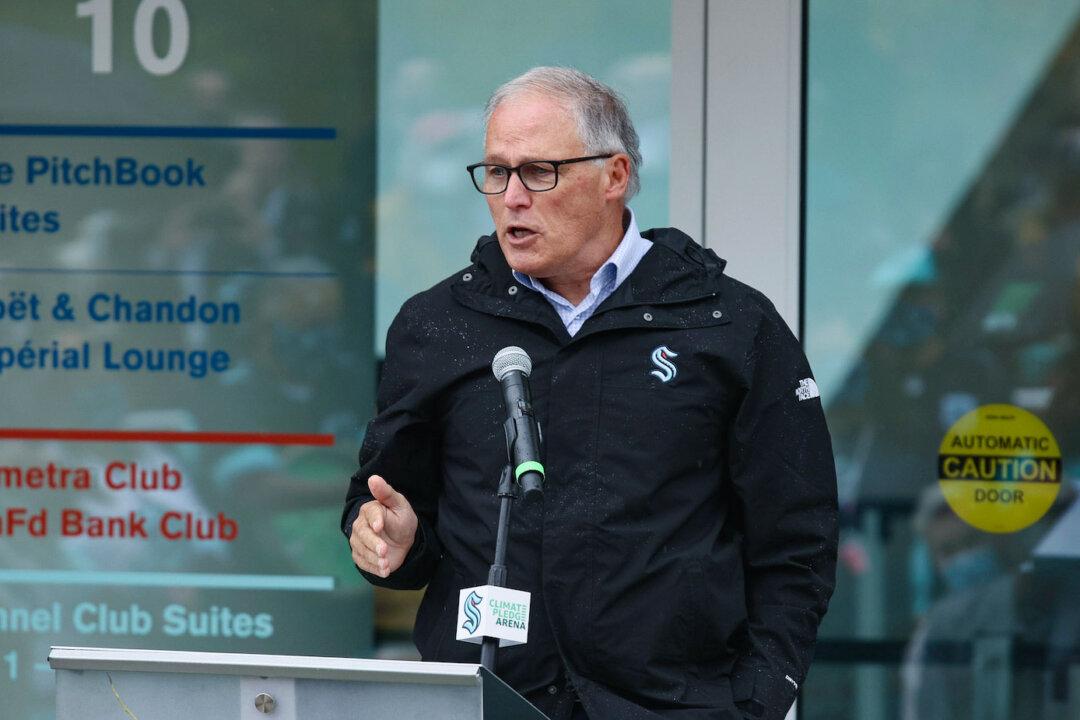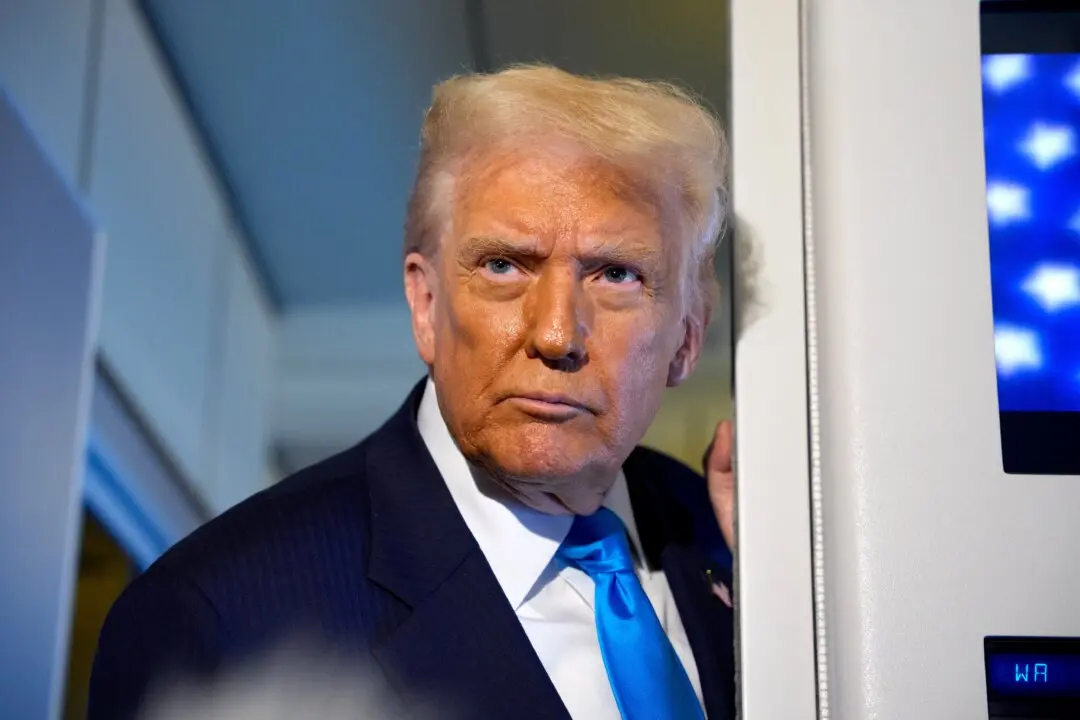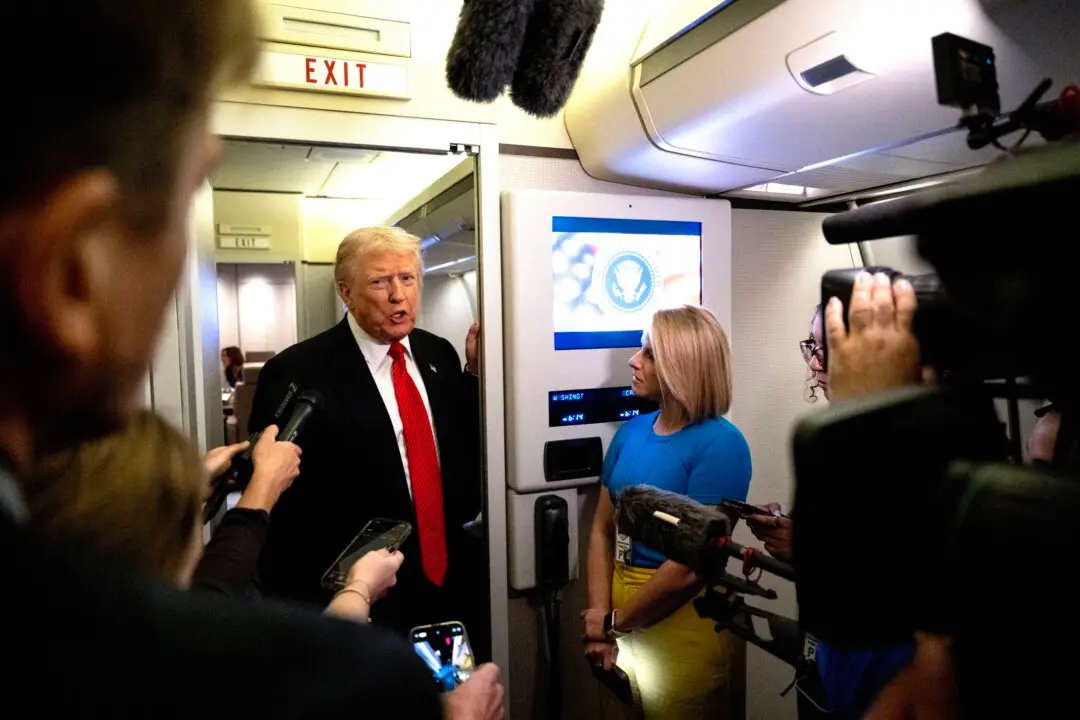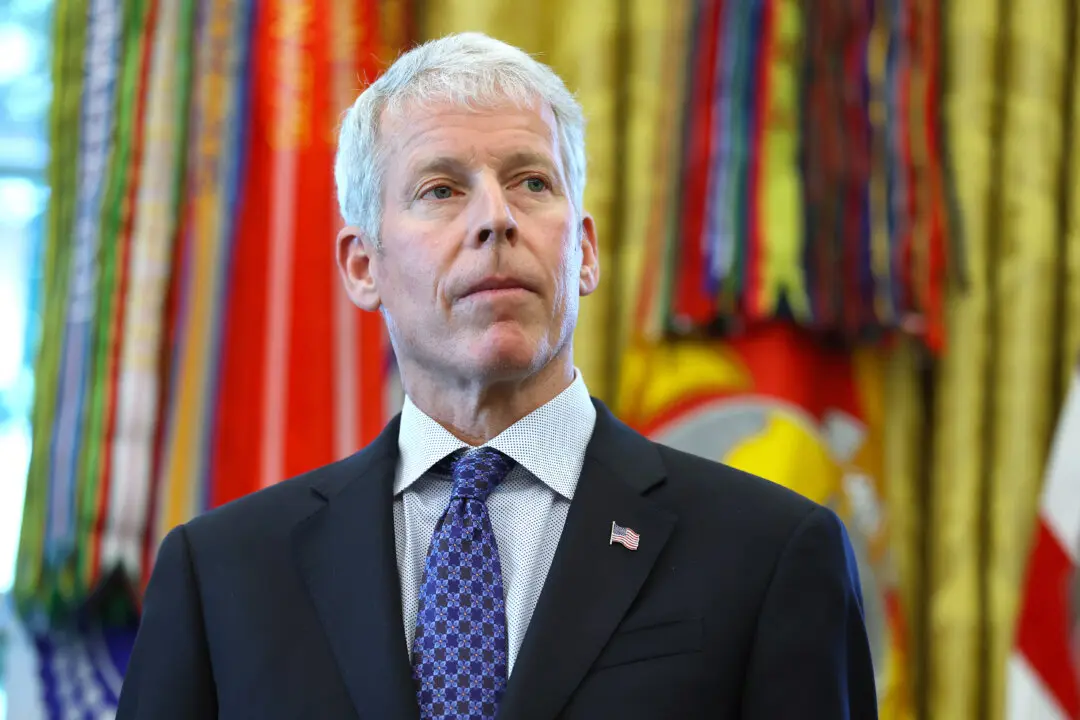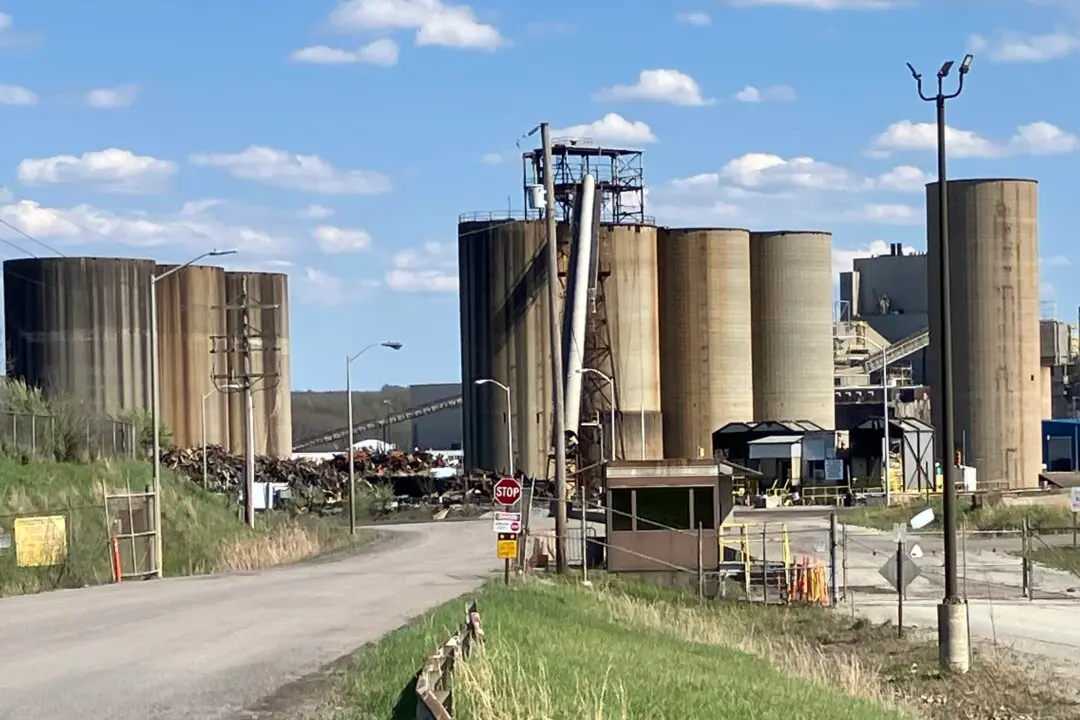Washington Governor Jay Inslee signed an executive order on Dec. 3 aimed at restoring salmon and steelhead habitats in the Columbia River Basin, which have been declining in number due to dam construction.
The executive order directs state agencies to work with Oregon and regional tribes—Yakama, Umatilla, Nez Perce, and Warm Springs—to implement the Columbia Basin Restoration Initiative (CBRI).
